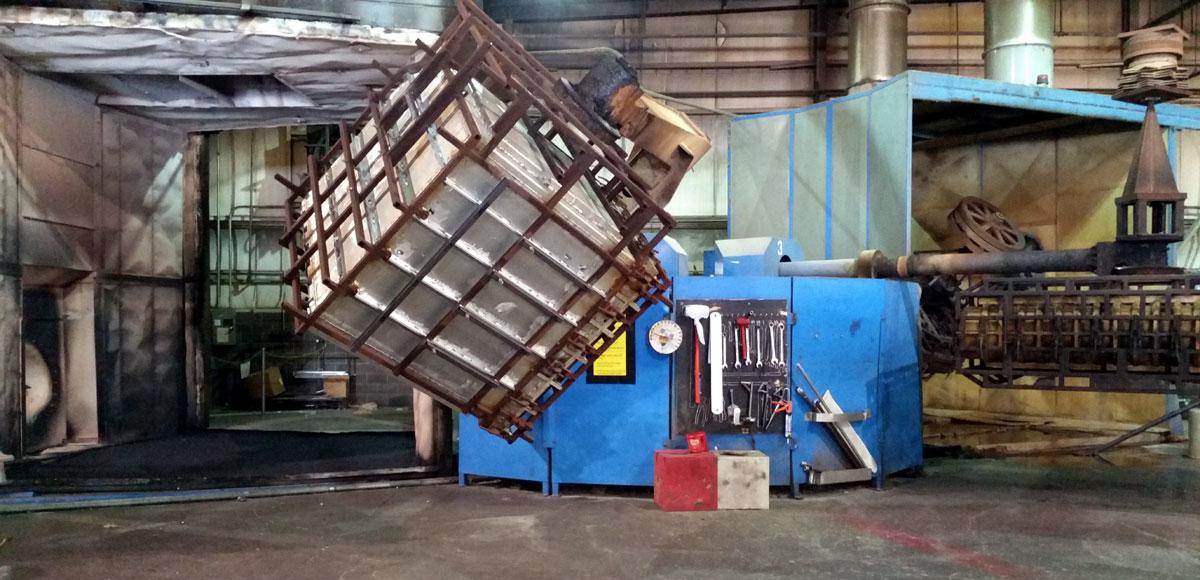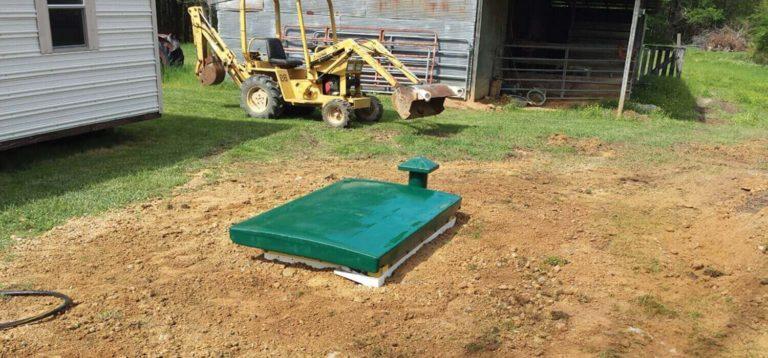How Rotomolding is Revolutionizing Industrial Manufacturing

Rotational molding, frequently known as rotomolding, is a adaptable Rotomolding process that offers numerous advantages for production a wide variety of empty plastic products. This technique requires heat an empty shape filled with powdered resin, twisting it on two axes, and allowing the product to fur the inside equally before cooling. It is widely used across various industries including automotive, agriculture, furniture, and consumer goods. Here are the primary benefits of using Rotomolding in manufacturing.

Cost-Effective Tooling and Creation
One of many key great things about rotomolding is its low tooling cost in comparison to different plastic molding practices like injection or strike molding. Molds for rotomolding are generally made from metal, that is more affordable and quicker to fabricate. That makes it a cost-efficient choice for brief to moderate generation operates or prototyping.
Standard Wall Width and Architectural Reliability
Rotomolding enables standard wall thickness through the product. Because the resin adheres equally to the mold's inside throughout the turning process, the final item is free of fragile places and inconsistencies. That uniformity improves the toughness and architectural integrity of them, which makes it suitable for high-stress applications.
Style Flexibility and Complicated Styles
This process supports a high level of design flexibility. It enables makers to create complicated styles and curves minus the restrictions faced in other molding techniques. Features like undercuts, molded-in positions, dual surfaces, and various surface finishes can be incorporated directly into the shape, lowering the necessity for extra processes.
Easy, One-Piece Construction
Rotomolding produces services and products within a, easy piece. Unlike operations that involve joining multiple parts, rotomolding removes stitches and weld lines, which are normal items of failure. That is specially necessary for tanks, bins, and outside furniture that require water or substance resistance.
Product Performance and Minimal Spend
The method is highly material-efficient with small waste. Empty substance can usually be recycled or reused in future manufacturing runs. That not only reduces substance expenses but additionally helps sustainable manufacturing practices.

Large Range of Programs
Rotomolding is suited to a variety of plastic resins, including polyethylene, polypropylene, and nylon. It could generate such a thing from little toys and pots to big commercial tanks and automotive components. This large applicability helps it be a preferred technique for varied production needs.
Improved Solution Performance
Items made with rotomolding are apt to have superior affect resistance and longevity as a result of gradual chilling method, which decreases central stress. That makes them well suited for outside use and programs subjected to hard environments.
To conclude, rotomolding is a very helpful manufacturing method that provides cost-efficiency, design versatility, and outstanding solution quality, which makes it a perfect selection for many professional and industrial applications.
